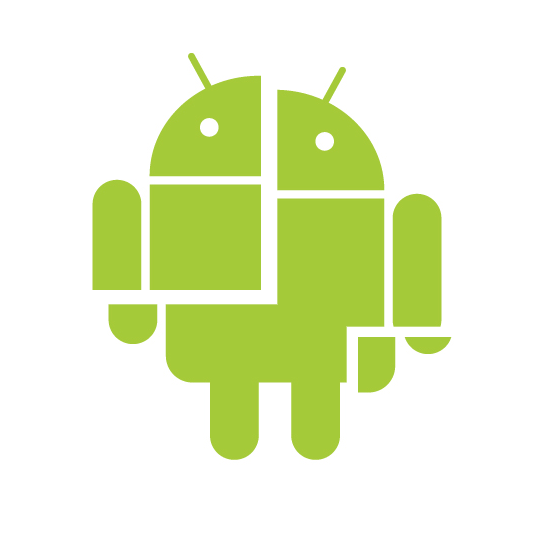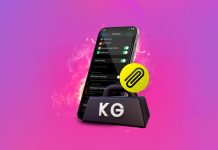In a recent ad, Apple showed off the Verizon and AT&T iPhone at the same time — highlighting that other than carrier and radios, the two phones are identical.
That’s important.
Unification across carriers is best for Apple, its customers and developers.
Several people have asked me over the last few days if AT&T iPhone apps will work on the Verizon iPhone. Of course, the answer is yes. But most of these people were surprised — and relieved — to hear it. Can you imagine an App Store divided by carrier?
Beneath the apps, iOS is the same on all iPhones.
I fully expect the GSM iPhone to gain wireless tether. (If AT&T allows it is another question, sadly.) I fully expect the GSM and CDMA iPhone to gain 4G/LTE capabilities at the same time. Hardware features — like software ones — will remain consistent across carriers.
Apple’s integrated software/hardware approach pays off for iPhone customers in a big way. The company offers a unified, consistent experience to all of its customers, regardless of carrier. Not even Verizon — well known for gaudy, useless apps and gaudy, big logos — got special rights to the iPhone.
Sadly, fragmentation is slowly pulling Android apart at the seams.
Over the last year or so, Verizon (and other carriers), along with handset manufacturers, have been slow to update older devices’ firmware. In fact, according to Google’s own data, only about half of Android handsets are currently running version 2.2 or higher. Many users are still stuck on pre-2.0 versions of the OS, cutting them out of many of the better apps on the Android Market.
Fragmentation goes far beyond OS version, though. Different carriers allow OEMs to enable different hardware features on different phones, and every major OEM ships custom UIs on top of Android — which further slow software updates and lead to more fragmentation. Apps that run on one phone won’t run on another. Some apps require specific hardware, others don’t work well with every custom Android skin out there. It’s a mess.
Android fans claim that these issues arise anytime an “open” system is in place, and that such issues are necessary evils to experience a greater good.
Ironically, as Motorola and other hardware builders continue to lock down boot loaders and their software, Android freedom isn’t what it once was. When I bought my Motorola Droid a year ago, it was great. Sadly, it seems that it was the last of the stock Android handsets on Verizon. The days of easy ROM swapping are over for most Android users.
For Google, open often means the power lies in the hands of the carriers and hardware manufacturers. Users lose in that equation quite often. Apple is avoiding that quite well, thankfully, by controlling both its software and hardware — keeping carriers’ hands off.
And that isn’t going to change with Verizon.







